Increasing Focus on Patient Safety
The Sterile Medical Packaging Market is significantly influenced by the heightened emphasis on patient safety. Healthcare providers are increasingly aware of the risks associated with non-sterile medical products, leading to a demand for packaging solutions that guarantee sterility and protection. This focus on safety is reflected in the growing investment in research and development aimed at creating more effective packaging materials. Furthermore, the rise in healthcare-associated infections has prompted regulatory bodies to enforce stricter guidelines, further driving the need for reliable sterile packaging. Consequently, the Sterile Medical Packaging Market is poised for growth as stakeholders prioritize patient safety.
Regulatory Compliance and Standards
The Sterile Medical Packaging Market is heavily influenced by stringent regulatory requirements and standards imposed by health authorities. Compliance with these regulations is essential for manufacturers to ensure the safety and efficacy of medical products. Regulatory bodies, such as the FDA and ISO, have established guidelines that dictate the materials and processes used in sterile packaging. This has led to an increased focus on quality assurance and risk management within the industry. As a result, companies are compelled to adopt advanced sterilization techniques and robust packaging solutions to meet these standards, thereby driving growth in the Sterile Medical Packaging Market.
Expansion of Healthcare Infrastructure
The Sterile Medical Packaging Market is benefiting from the expansion of healthcare infrastructure across various regions. As countries invest in improving their healthcare systems, the demand for sterile medical products is expected to rise correspondingly. This expansion includes the establishment of new hospitals, clinics, and diagnostic centers, all of which require sterile packaging for medical devices and supplies. Additionally, the increasing number of surgical procedures and medical interventions necessitates a reliable supply of sterile products. This trend indicates a robust growth trajectory for the Sterile Medical Packaging Market, as it aligns with the broader developments in healthcare infrastructure.
Technological Innovations in Packaging
Technological advancements play a crucial role in shaping the Sterile Medical Packaging Market. Innovations such as smart packaging, which incorporates sensors to monitor sterility and environmental conditions, are gaining traction. These technologies not only enhance the safety and reliability of medical products but also improve supply chain efficiency. The integration of automation in packaging processes is also noteworthy, as it reduces human error and increases production speed. As manufacturers seek to differentiate their products in a competitive landscape, the adoption of cutting-edge packaging technologies is likely to become a key driver of growth in the Sterile Medical Packaging Market.
Rising Demand for Sterile Medical Devices
The Sterile Medical Packaging Market is experiencing a notable increase in demand for sterile medical devices. This trend is largely driven by the growing prevalence of chronic diseases and the aging population, which necessitate advanced medical interventions. According to recent data, the market for sterile medical devices is projected to expand significantly, with an estimated growth rate of around 7% annually. This surge in demand compels manufacturers to invest in innovative packaging solutions that ensure the integrity and sterility of medical products. As healthcare providers prioritize patient safety, the need for reliable sterile packaging becomes paramount, thereby propelling the Sterile Medical Packaging Market forward.
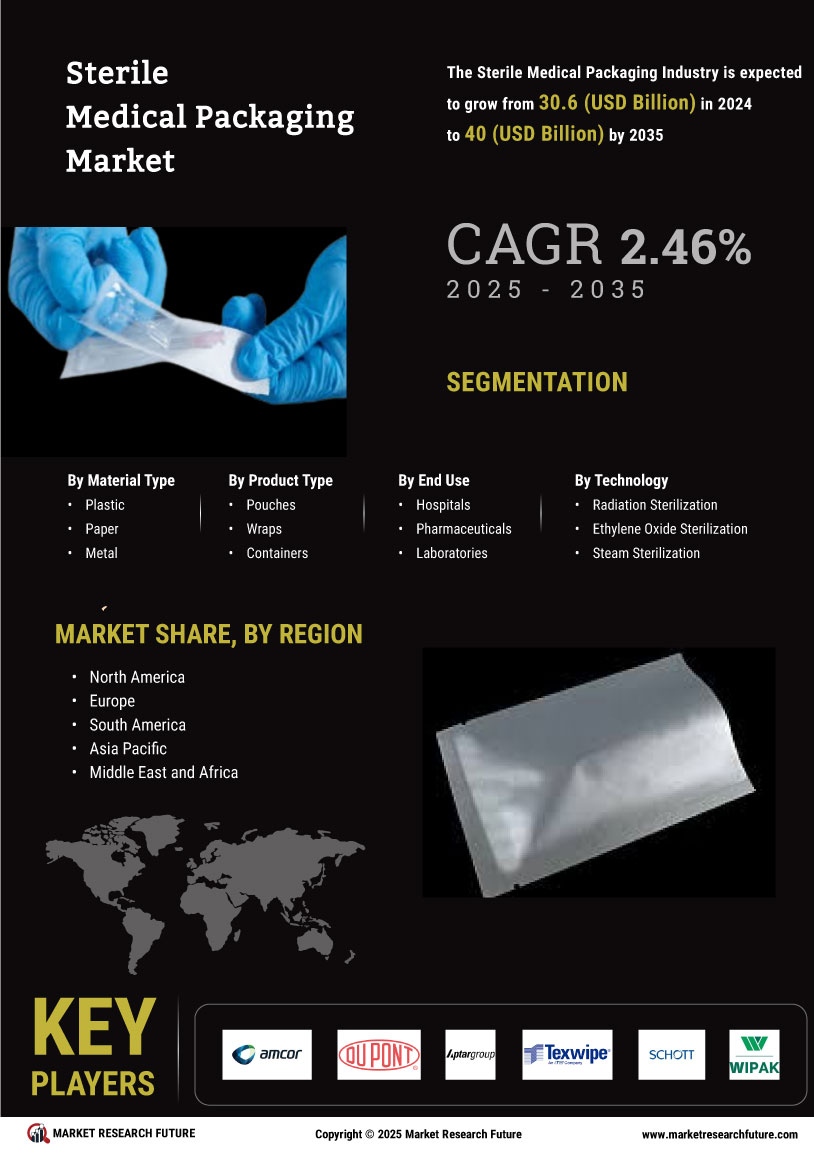

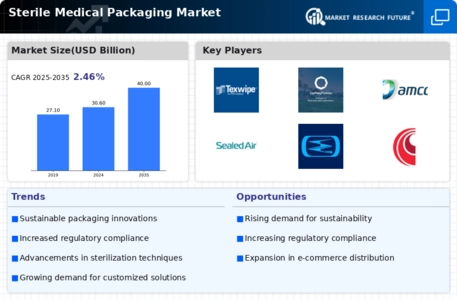
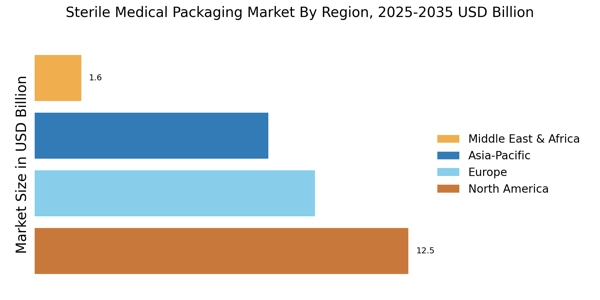

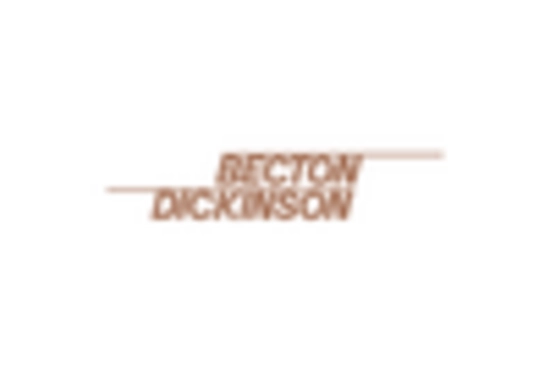
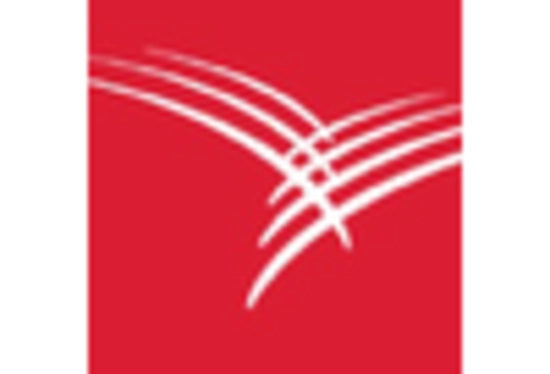
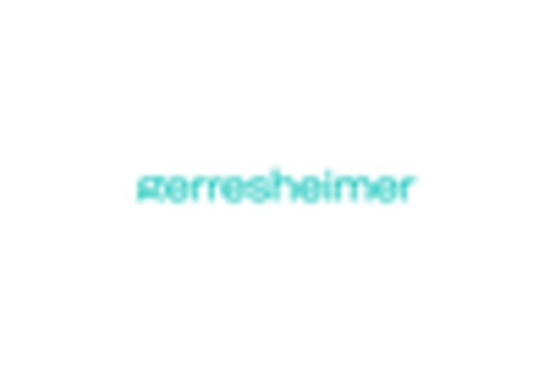
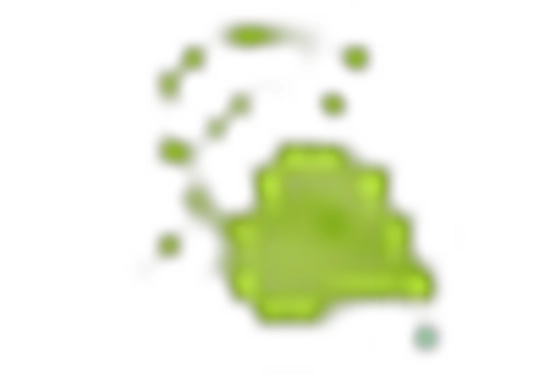
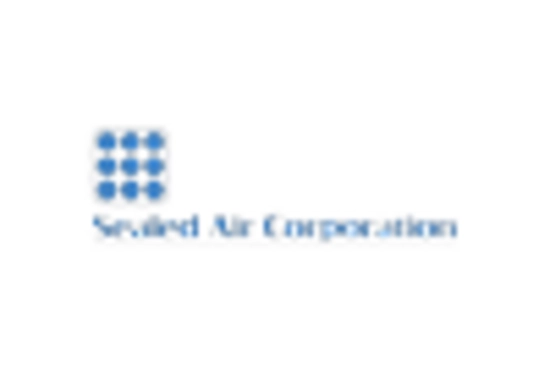








Leave a Comment